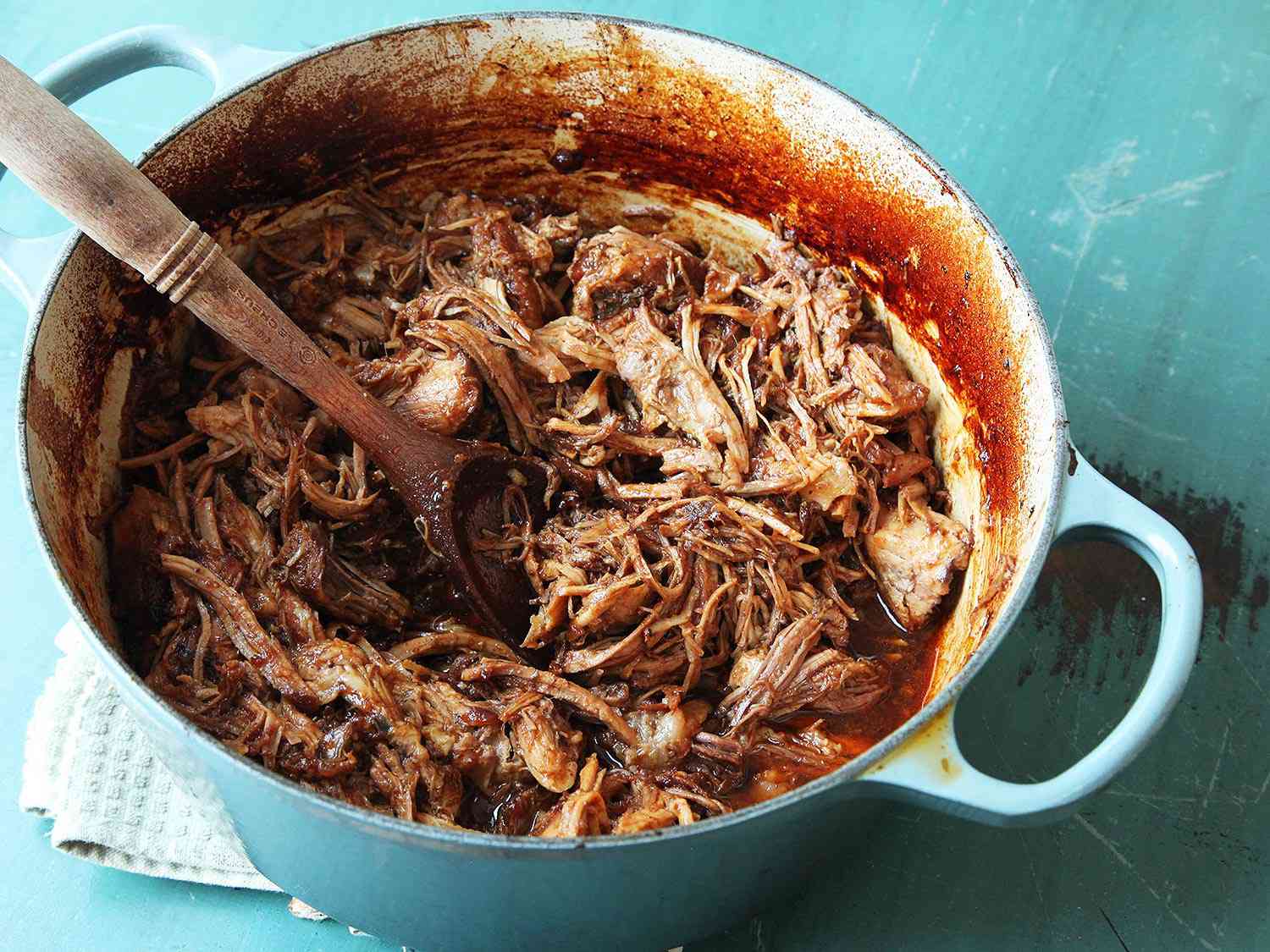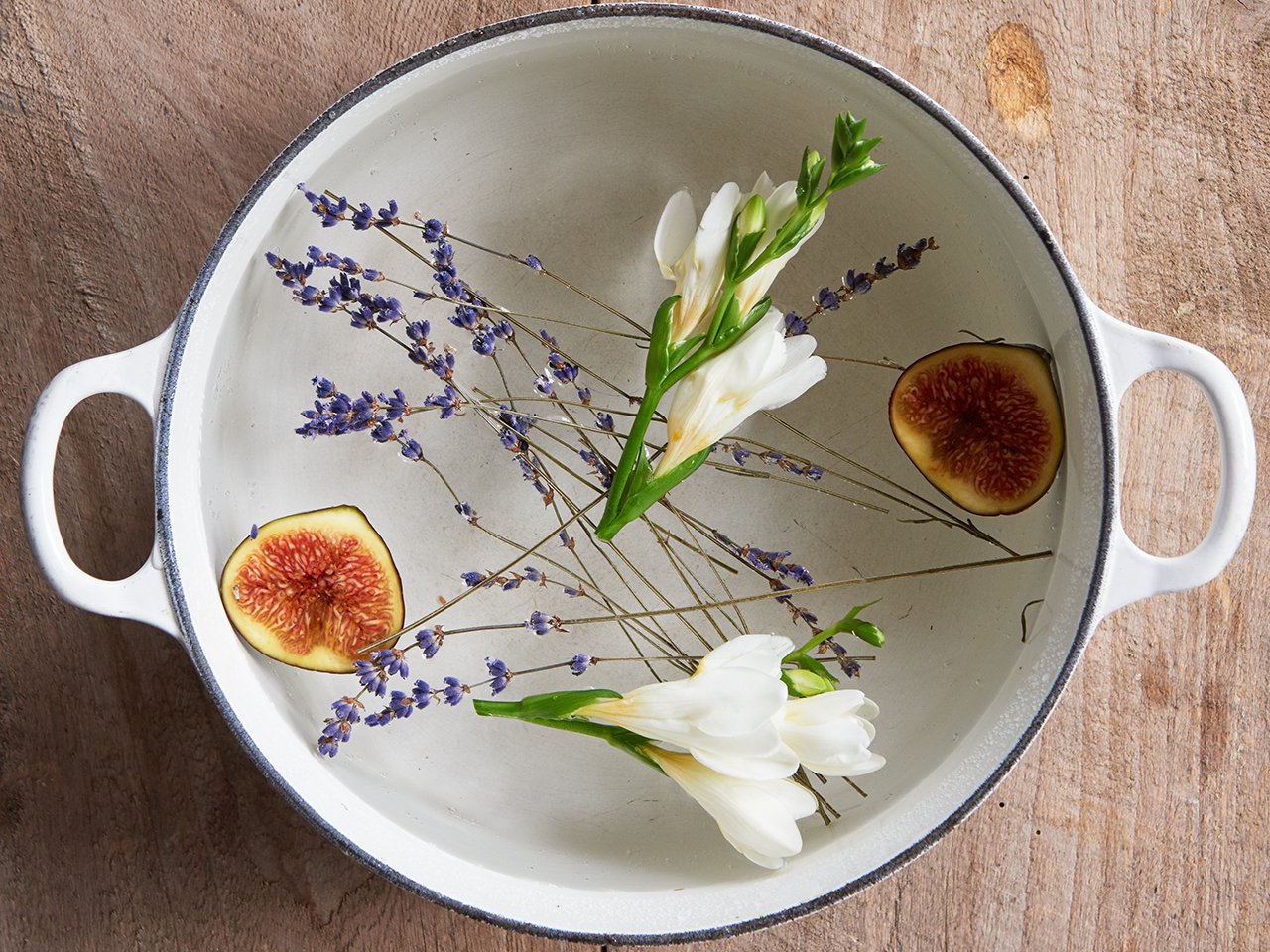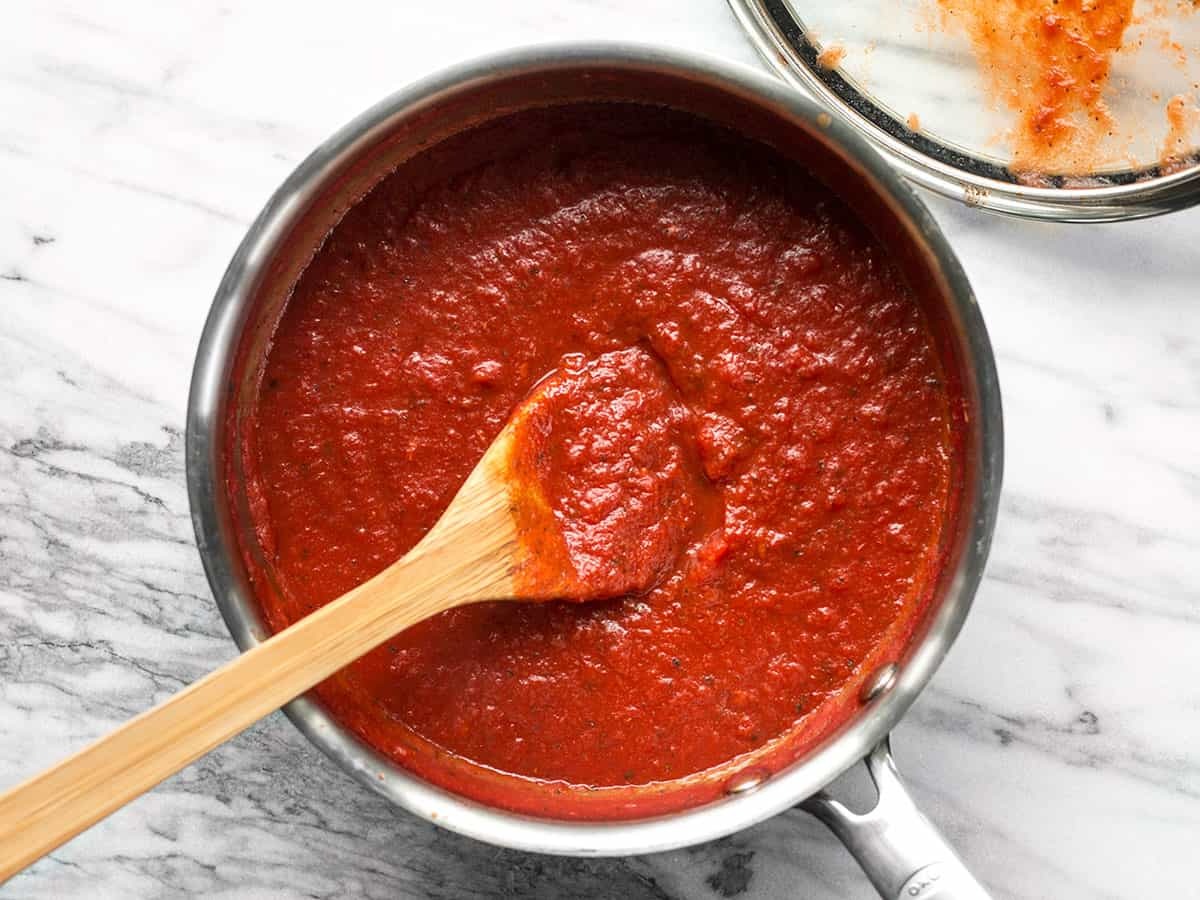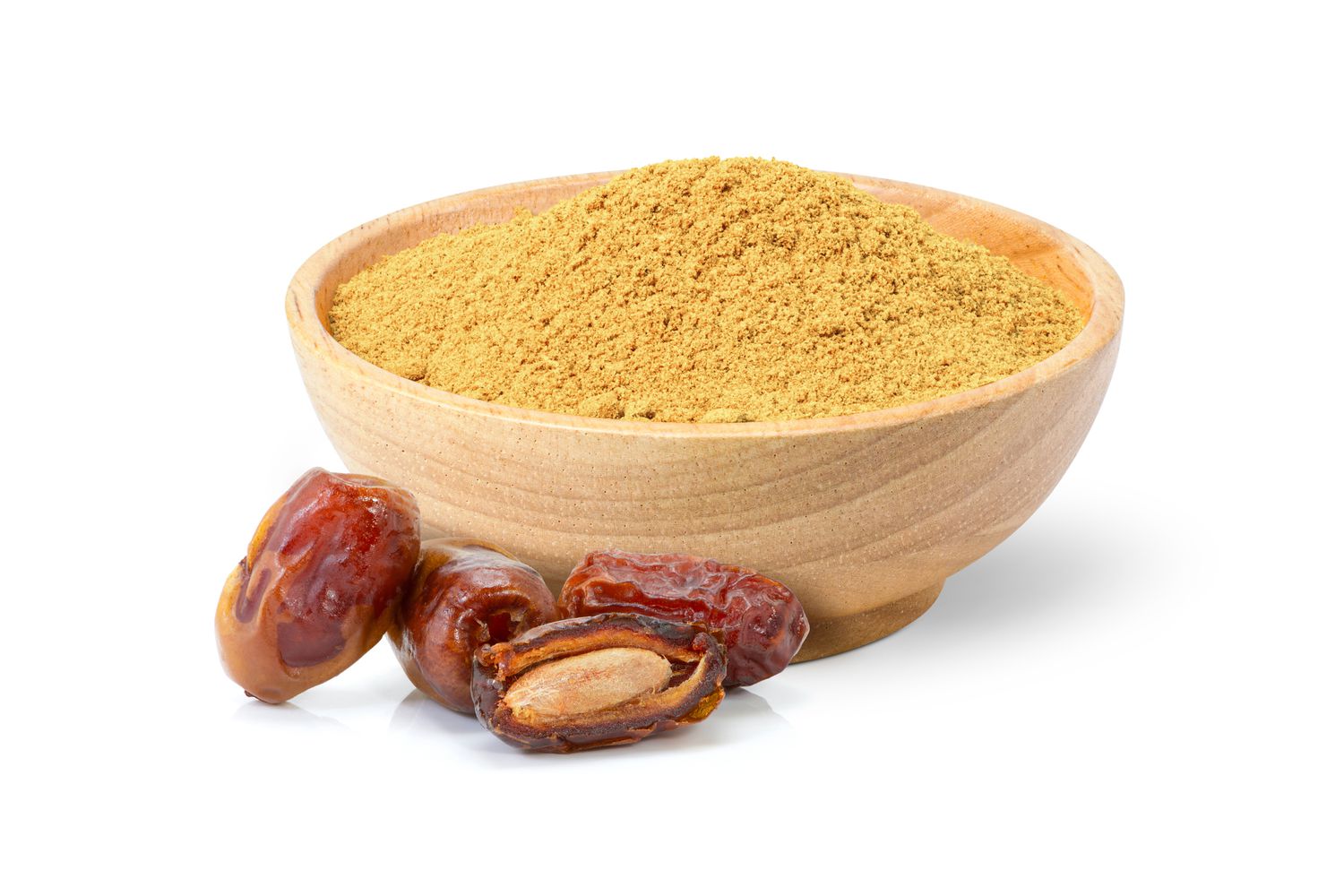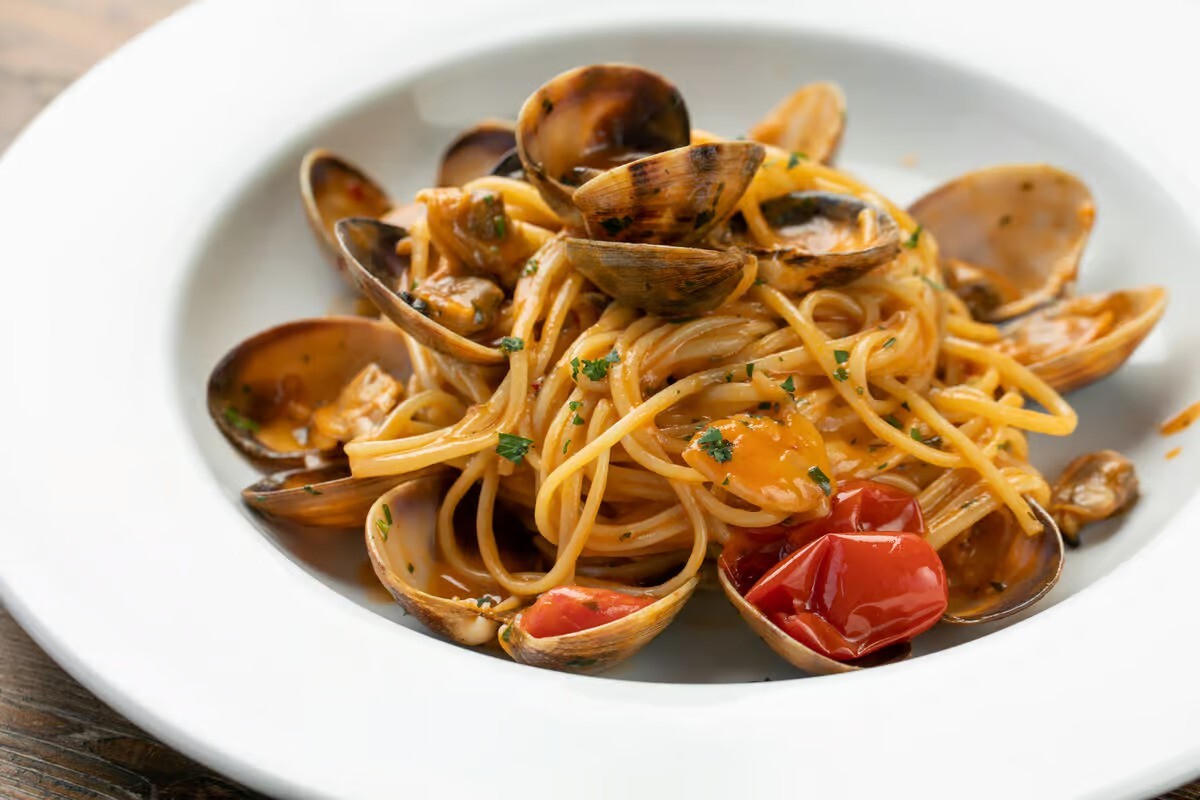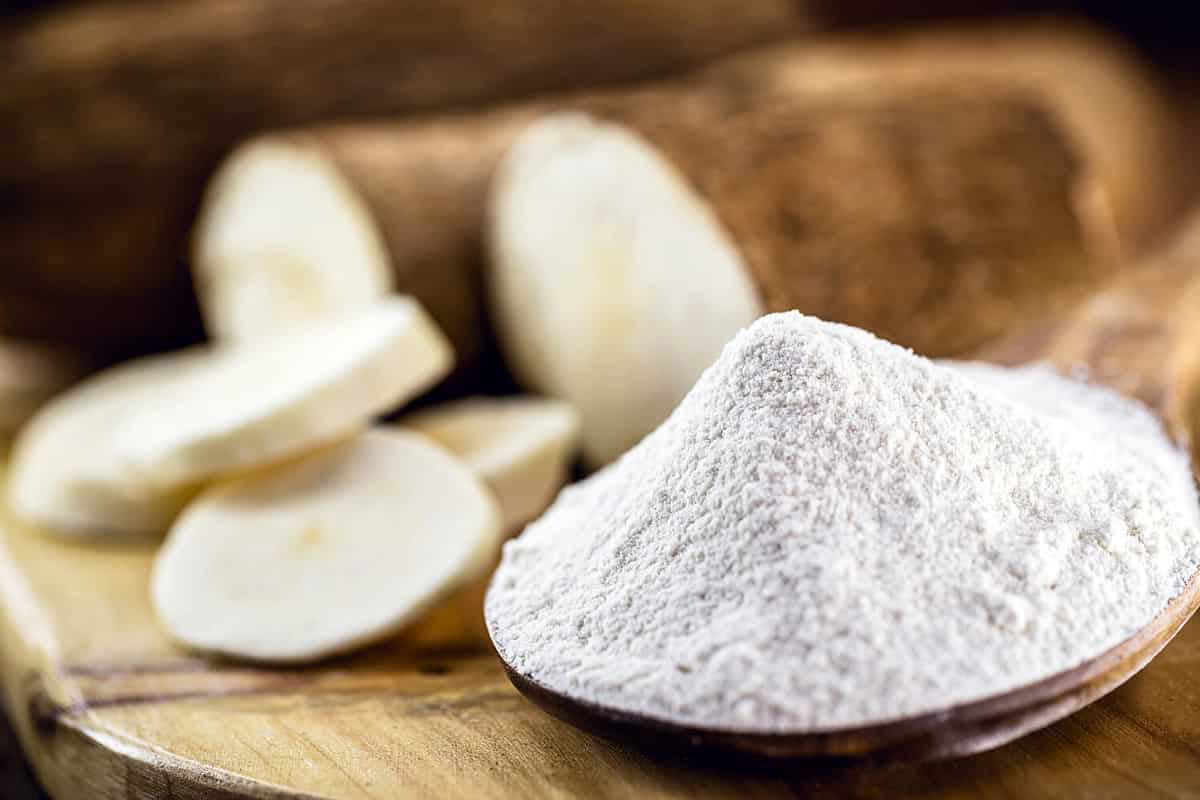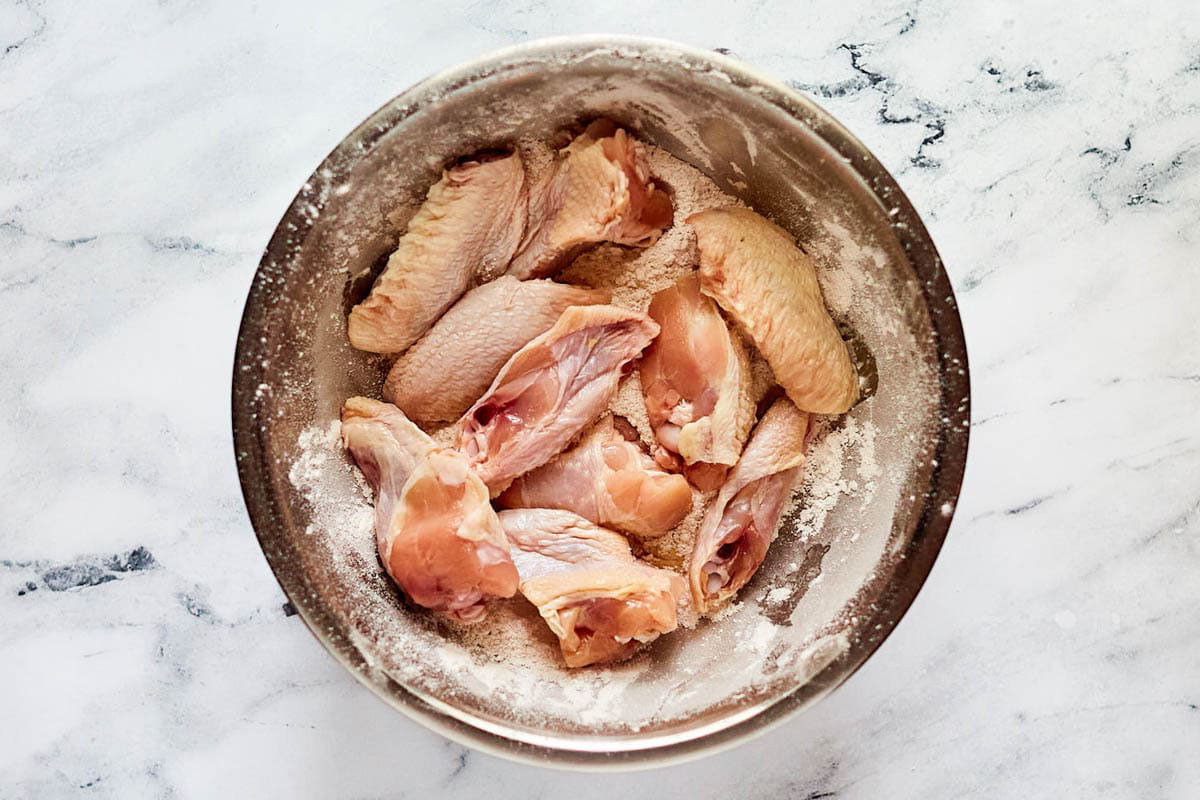Discovering the Delightful Celeriac
Have you ever heard of celeriac? If not, you’re in for a treat! Celeriac, also known as celery root, is a versatile and delicious vegetable that is often overlooked in the culinary world. Despite its unassuming appearance, celeriac is packed with flavor and nutrients, making it a wonderful addition to any meal.
What is Celeriac?
Celeriac is a type of root vegetable that is closely related to celery. It is grown for its large, knobby root, which is the main edible part of the plant. While it may not be the most attractive vegetable in the produce aisle, celeriac more than makes up for its appearance with its unique flavor and culinary potential.
Flavor and Culinary Uses
One of the most remarkable things about celeriac is its flavor. It has a mild, celery-like taste with a hint of nuttiness, making it a versatile ingredient in a wide range of dishes. Celeriac can be enjoyed raw or cooked, and it can be used in a variety of ways, including:
- Grated raw in salads for a crunchy texture and fresh flavor
- Pureed into soups for a creamy and comforting dish
- Sliced and roasted to bring out its natural sweetness
- Added to stews and braises for a unique depth of flavor
Whether you’re a fan of raw, crunchy vegetables or hearty, warming dishes, celeriac has something to offer for every palate.
Nutritional Benefits
In addition to its delicious flavor, celeriac is also a nutritional powerhouse. It is low in calories but high in fiber, making it a great choice for those looking to maintain a healthy weight and support digestive health. Celeriac is also a good source of vitamins and minerals, including vitamin K, vitamin C, phosphorus, and potassium, all of which are essential for overall health and well-being.
How to Select and Store Celeriac
When choosing celeriac at the grocery store or farmers’ market, look for roots that are firm and heavy for their size, with smooth skin and minimal blemishes. Once you bring your celeriac home, it can be stored in the refrigerator for several weeks. To prolong its shelf life, consider removing the leafy green tops, as they can draw moisture away from the root.
In Conclusion
So, what is celeriac? It’s a versatile, flavorful, and nutritious vegetable that deserves a place in your kitchen. Whether you’re a seasoned chef or a novice cook, celeriac offers endless possibilities for delicious and satisfying meals. Give this humble root a try and discover the delightful world of celeriac!
Was this page helpful?
Read Next: What Is Cocoa Vs. Chocolate Powder


